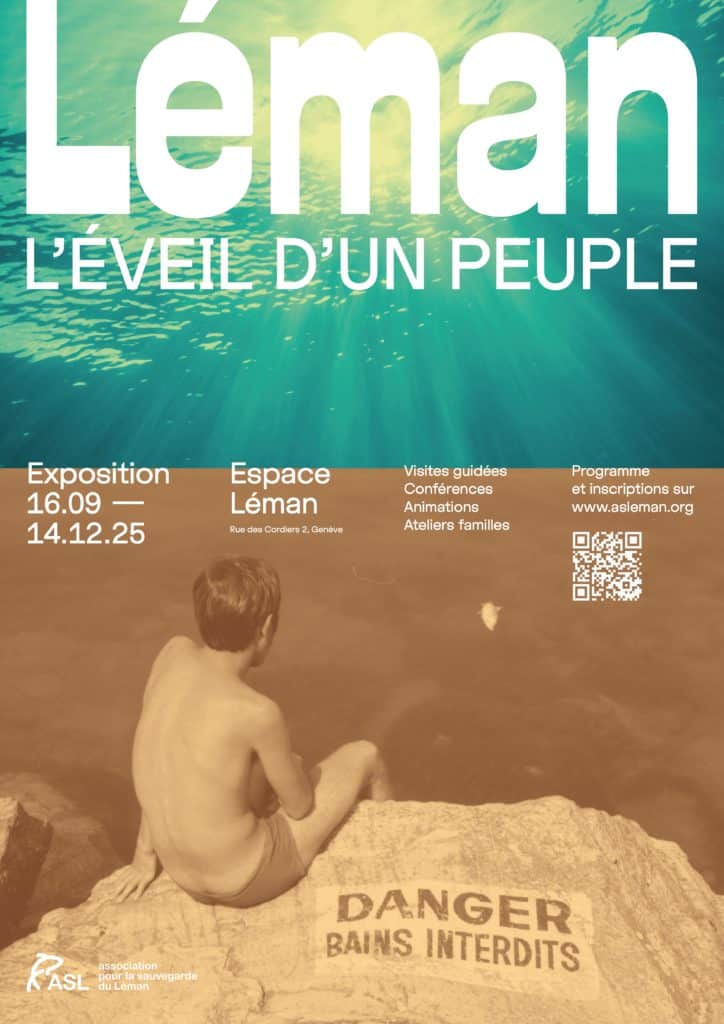Did you know that summer, as well as being the season of non-stop thunderstorms, aubergines and sunburn, is also the breeding season for 𝗰𝗵𝗮𝗿𝗮𝗰𝗲́𝗲𝘀? The ... what? The Characeae family is a plant grouping between algae and aquatic plants, and it is the only living family in the order 𝗖𝗵𝗮𝗿𝗮𝗹𝗲𝘀 whose fossils date back more than 400 million years!
This plant group is so unusual that scientists are still debating its classification; today they are generally considered to be a kind of 𝗺𝗮𝗰𝗿𝗼-𝗮𝗹𝗴𝘂𝗲 𝗲́𝘃𝗼𝗹𝘂𝗲́𝗲. They therefore have no stems, leaves, roots or flowers. They are fine plants that form dense mats at the bottom of the water, and can grow up to 60cm high.

One thing is certain: characeae are excellent 𝗯𝗶𝗼-𝗶𝗻𝗱𝗶𝗰𝗮𝘁𝗿𝗶𝗰𝗲𝘀; in fact, each species has its own ecological range. Water quality can therefore be judged, among other things, according to the characeae present. For example, during the strong period of eutrophication in Lake Geneva between 1960 and 1980, characea populations in the lake collapsed. Today, characeae are regularly found in the sub-lake grass beds, indicating that the water quality is much better. Goal! On top of that, in 2017, a characea that had disappeared for more than 200 years was found in the waters of Lake Geneva near Morges! Named 𝘛𝘰𝘭𝘭𝘺𝘱𝘦𝘭𝘭𝘢 𝘨𝘭𝘰𝘮𝘦𝘳𝘢𝘵𝘢, this characea only manages to live in good quality water. This extraordinary news literally made Aurélie Boissezon, the scientist who discovered it, jump for joy.
Unfortunately, 87% of characeae species are on the 𝗹𝗶𝘀𝘁𝗲 𝗿𝗼𝘂𝗴𝗲 of characeae, published in 2012. There is still work to be done to restore the quality of their habitat. Yet these small plants have more than one 𝗿𝗼̂𝗹𝗲 𝗲́𝗰𝗼𝗹𝗼𝗴𝗶𝗾𝘂𝗲: they serve as habitats, refuges and/or food for various organisms, improve water transparency and can even accumulate heavy metals and organic pollutants. For example, the pike population in Lake Geneva has greatly increased since the return of characeae, since it uses them as spawning grounds. And let's not forget that aquatic plants produce 50% of the oxygen we breathe...
Quite useful, these characeae! With a bit of luck, and a lot of determination, the quality of water bodies in Switzerland and elsewhere will improve, and the characeae will be able to return to their former range and with them all the 𝗯𝗶𝗼𝗱𝗶𝘃𝗲𝗿𝘀𝗶𝘁𝗲́ that goes with them. We believe in it!
Information from InfoFlora, ge.ch, unige.ch
Photo credit: P.Mulattierri, C.Witschard


